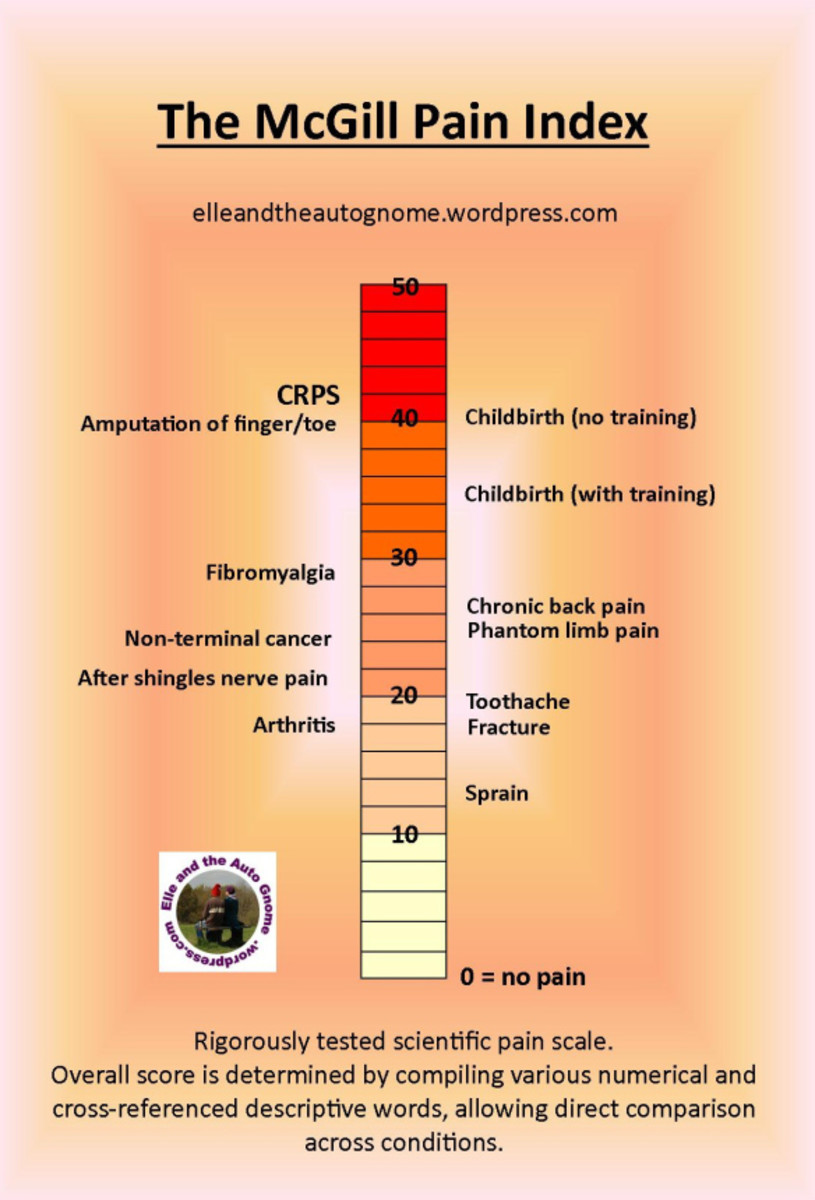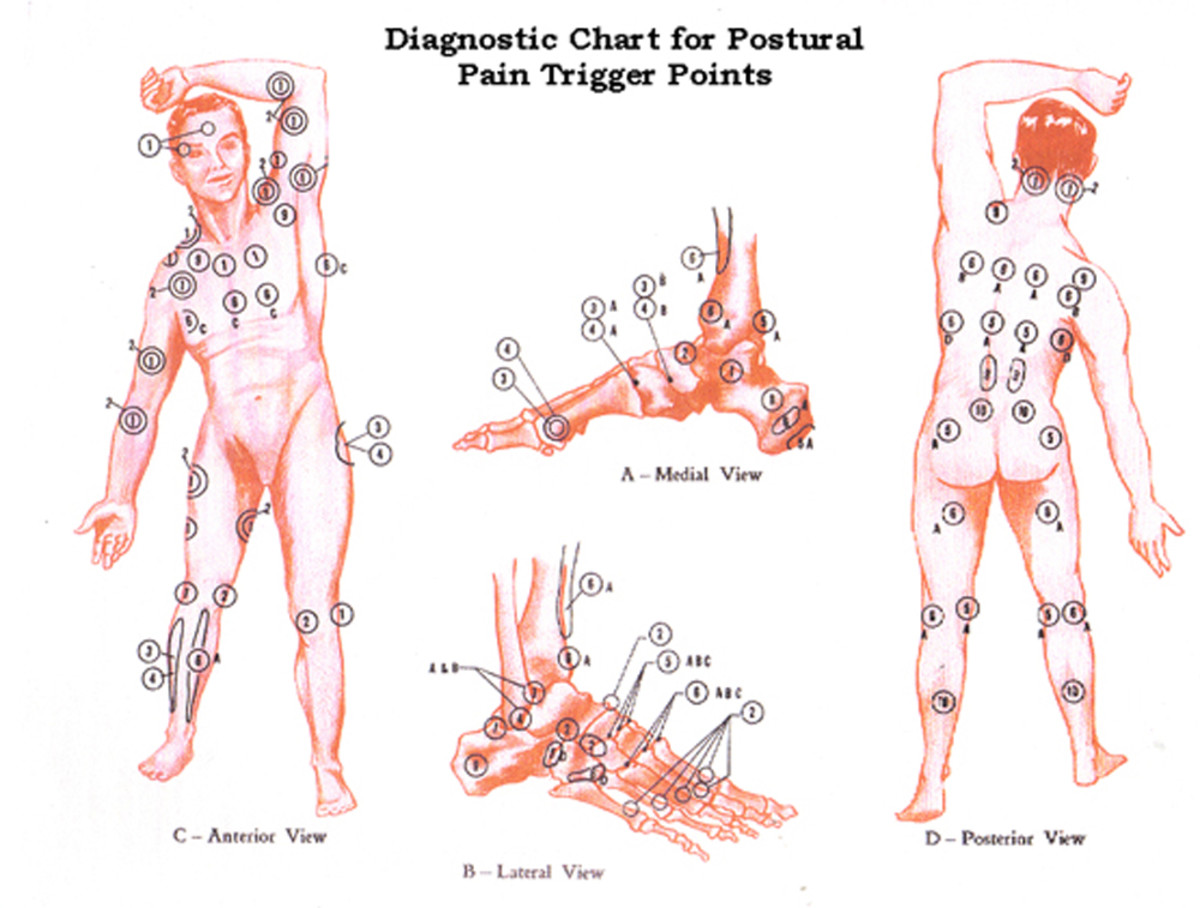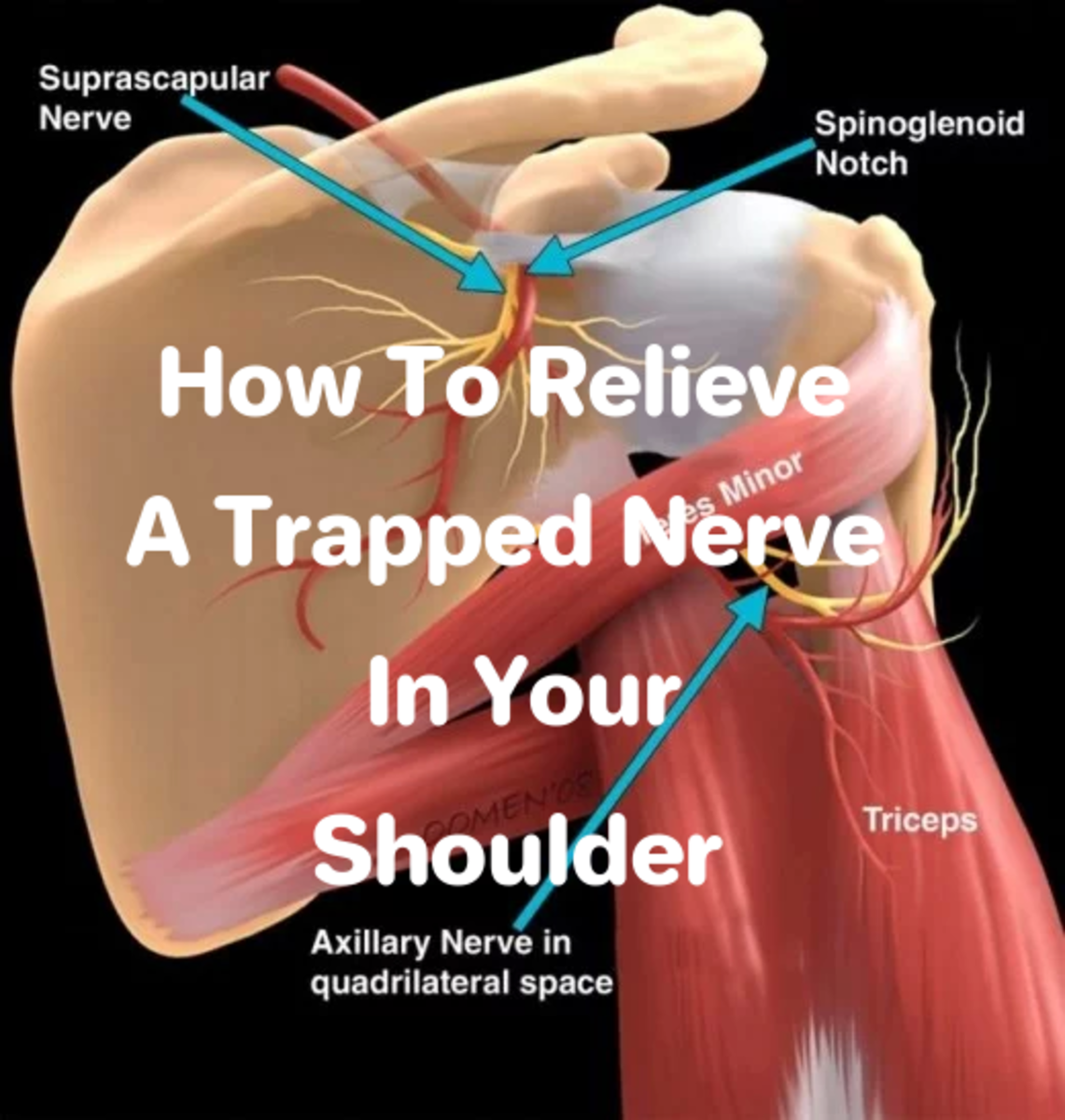Fibromyalgia: A mysterious painful malady
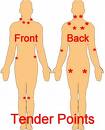

I have Fibromyalgia and it's not fun! A lot of people never even heard of it much less know what it is. However, more and more people are being diagnosed with it. Some scientists believe it may be caused by an injury of trauma. Others believe it's caused by long-term metabolic and nervous system disorders. There are others who think it is a result of unresolved emotions that become trapped inside the muscles. No one explanation or cure exists at this time, but doctors have been looking at various imbalances in the body that cause the extreme pain.
In a research project to measure the relationship of symptoms to metabolism imbalances, found in 50 Fibromyalgic patients as compared to 50 subjects with out fibromyalgia (the control group), the researchers were able to use the results of each group to better determine the metabolic imbalances that occur in Fibromyalgia.
By definition, Fibromyalgia is a chronic disorder characterized by widespread muscle, ligament, and tendon pain, with stiffness and tenderness to touch lasting longer than three months.
It may be accompanied by fatigue, anxiety and depression. Fortunately, I do not have depression or anxiety. But I do have the fatigue and the pain. According to the American College of Rheumatology, Fibromyalgia affects three to six million Americans. The majority are women between the ages of 25 and 50.
Fibromyalgia is called a syndrome, not a disease, since it represents a group of nonspecific disorders characterized by pain, tenderness and stiffness in the muscles, ligaments, tendons, and adjacent connective tissues, which are all "fibrous" in nature. Any of the fibrous tissues in the body may be involved, but the most common sites are: head, neck, shoulders, lower back, hips, thighs, and knees. The onset of symptoms is often traced to an acute viral-like illness or event.
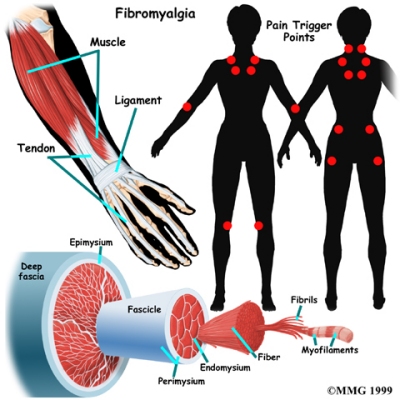
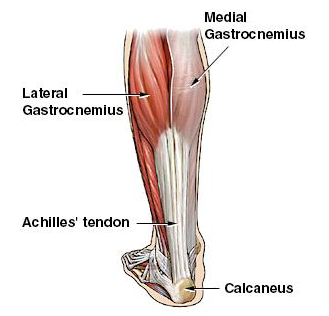
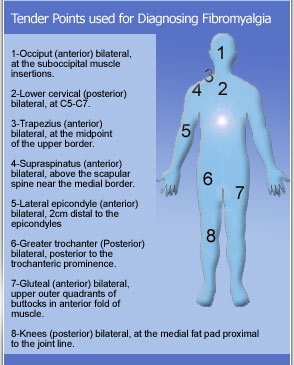

Diagnosing Fibromyalgia
Everyone feels pain at
some time or another. It's a normal response of our nervous system to
danger in our environment. The pain of Fibromyalgia is different from
most normal pain responses. Even though each person perceives pain
differently and can accommodate different levels of pain, the pain of
Fibromyalgia is persistent and hard to ignore.
Fibromyalgia is difficult to diagnose because many of the symptoms
mimic other disorders. However, the American College of Rheumatology
has designed some criteria to help physicians pin point whether a
patient may have Fibromyalfia or not. First of all, the pain has to be
spread
through the body, and must have existed for three or more months.
Secondly, painful spots must be present in the areas of the body listed
here:
- the back of the head, lower part of skull, on both side of the spine
- the sides of the neck along the crease between the head and the neck
- along the back edge of the trapezius muscles in the shoulders
- on both side of the spine in the middle of the upper back, just abovre the scapula or shoulder bone
- on the front between the first and second rib on the upper chest, on both sides of the sternum
- on the inner side of the lower arm about two inches from the fold in the elbow
- on the lower back near the dimpled area of the backside
- along the side of the body in the middle hip area
- on the inner side toward the back of the knee
We do not know exactly what causes fibromyalgia but there is now a clearer understanding that there is an interaction between the physical and mental aspects of this illness. Fibromyalgia is an illness involving both the mind and the body. The amount of pain felt by a person with fibromyalgia is often affected by the way they are feeling, and the reverse is also true. Feeling depressed, stressed or anxious may make the muscular pain feel worse, which may in turn add to the stress and anxiety.
Treating Fibromyalgia
If you suspect you might have
fibromyalgia, you should make an appointment with a rheumatologist.
Fibro is an immune system disease and responds to some of the same
treatment as arthritis. Doctors will usually prescribe 7-8 hours of
restful sleep every night, low-impact exercise, a healthy diet, pain
medicine, and massage. I find that a warm therapy pool is helpful, as is yoga, acupuncture, and relaxation exercises. If the pain is very severe, relief might be gotten from steroid injections or low doses of anti-depressants.


